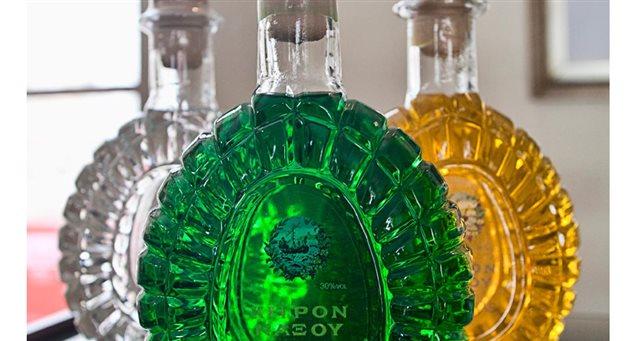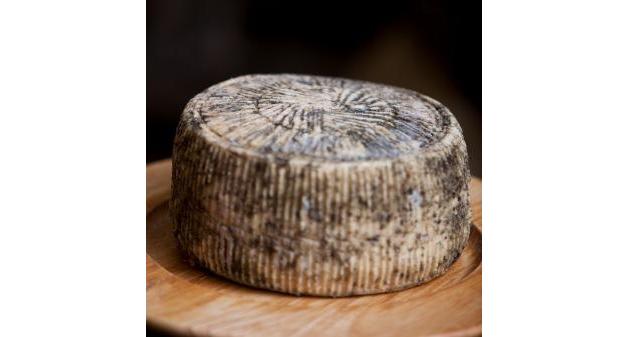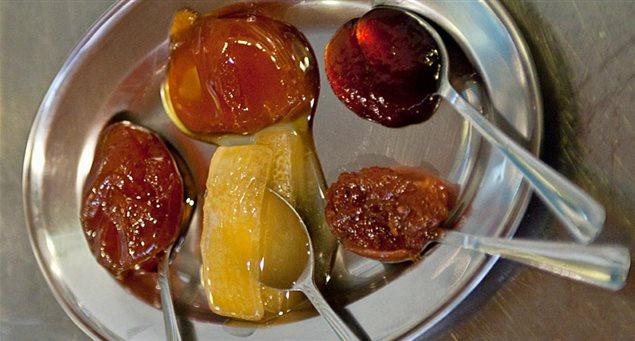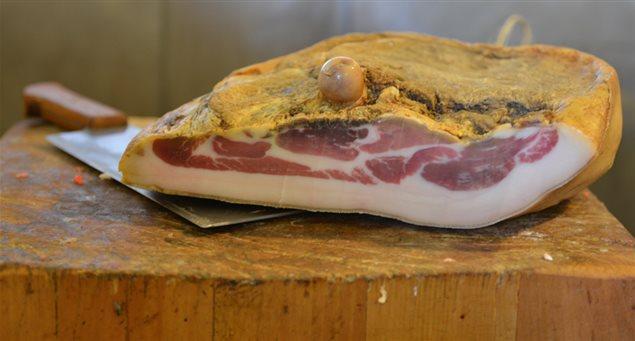
Naxos’s renowned citron liqueur is one of three Greek aperitifs marketed with a Protected Designation of Origin.
Citron groves are cultivated in the plains of Eggares and Sagri, but also in the hinterland valleys, where winters are mild and summers cool.
Citron leaves are used to produce the “Naxos citron” liqueur and the fruit itself is used in various spoon sweets.
The production of the citron-flavored spirit, originally known as kitrorako, is a very old affair, but around 1870 a new distillate was developed from alcohol and citron leaves –today’s widely known Naxos citron liqueur.
The product was exported to many places abroad which had thriving Greek communities (Russia, USA, Egypt, Asia Minor), took part in many Greek and international fairs and won many awards and distinctions (including gold medals in Marseilles in 1904, Bordeaux in 1907, Athens in 1903 and 1914 and Thessaloniki in 1936).
The production process starts with the collection of citron leaves when they are fully fragrant – that is, from September and possibly throughout the winter.
After careful selection to exclude dry and diseased leaves, they are bathed in alcohol in a traditional pot still. The essential oils of the leaves are dissolved in the alcohol and the distillate gives three basic spirit types: white at 33 degrees, green at 30 degrees and yellow at 36 degrees.




